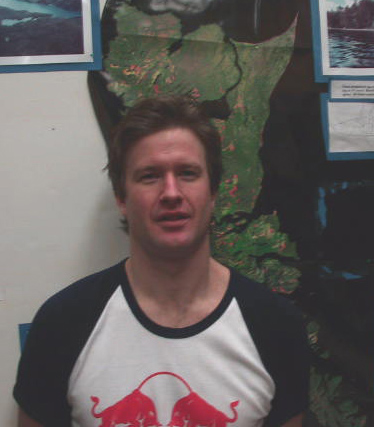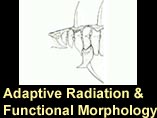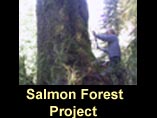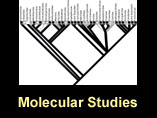 Bodyshape ecology of threespine stickleback from Haida
Gwaii
Bodyshape ecology of threespine stickleback from Haida
Gwaii
Mark Spoljaric, MSc (2006)
email: m.a.spoljaric@gmail.com
- Body shape in many aquatic organisms represents a compromise between hydrodynamic constraints and life history requirements and typically body shape is highly conserved within a species. I examine lateral body shape using digital imagery and geometric morphometrics to quantify shape variables in three-spine stickleback from Haida Gwaii. Even within this conserved body shape there are regular differences in geometric morphology ( figure1 ).
- My main focus is the functional implication of body shape variation between and within populations. So far we have been able to relate differences in geometric morphology to habitat characteristics ( figure 2 ), tracking divergence in form through the ancestral marine environment to highly derived lakes. I am also currently studying the function of allometric changes and the evolution of sexual dimorphism in body shape.
- Haida Gwaii are ideal for studying the evolution of form on an isolated archipelago, as we know the current landscape is approximately 10,000 years old and the low lying lakes were initially colonized by marine stickleback. In essence this experiment has been ongoing since the retreat of the glaciers and offers an excellent opportunity to study the evolutionary process. (Spoljaric and Reimchen, J. Fish Biol., in press)





